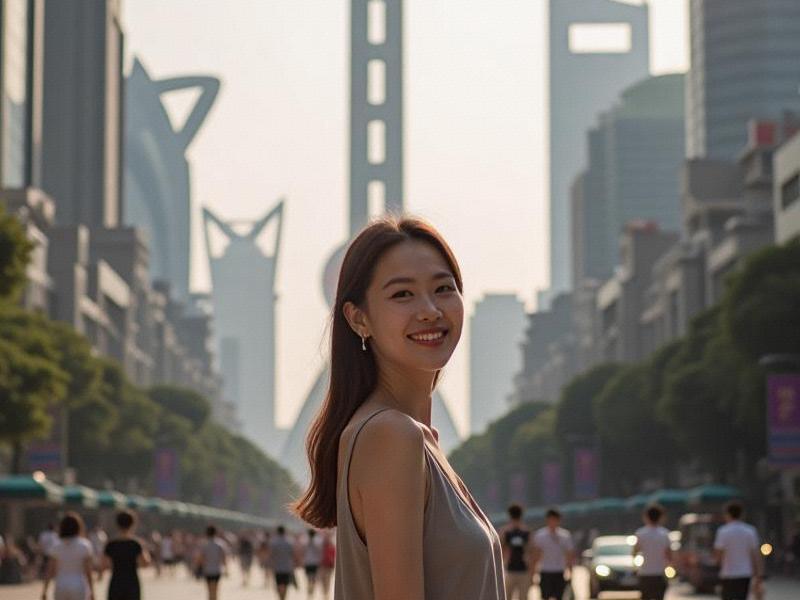This 2,900-word investigative feature examines how Shanghai is reinventing itself as both guardian of its rich heritage and pioneer of futuristic urban development, creating a blueprint for 21st century megacities.

Chapter 1: The Architectural Paradox
- Colonial Legacy: Adaptive reuse of 1930s buildings in the Bund conservation area
- Vertical Forests: 42 new green skyscrapers with integrated ecosystems
- Underground Cities: Multi-level subterranean commercial complexes
Chapter 2: The Digital Skin
- 5G Urban Fabric: 98% coverage with latency under 3ms
- AI Traffic Management: Reducing congestion by 37% since 2022
- Blockchain Governance: Property records and municipal services on chain
爱上海最新论坛
Chapter 3: Cultural Renaissance
- The New Shikumen: Modern interpretations of traditional lane houses
- Digital Art Districts: Where ancient calligraphy meets VR exhibitions
- Jazz Resurgence: Young musicians reimagining 1920s Shanghai jazz
Chapter 4: Economic Reconfiguration
- The Silicon Bund: China's answer to Wall Street meets Silicon Valley
爱上海同城419 - Maker Movement: 216 shared manufacturing spaces citywide
- Luxury Retail Evolution: Flagship stores as cultural destinations
Chapter 5: Social Transformation
- Co-Living Revolution: 35% of millennials in flexible housing arrangements
- Elderly Tech Hubs: Senior citizens leading smartphone literacy programs
- Expat 2.0: New wave of global talent settling in former factory districts
上海龙凤阿拉后花园 Chapter 6: Environmental Innovation
- Sponge City Progress: 68% stormwater absorption rate achieved
- Vertical Farming: Rooftop agriculture supplying 15% of leafy greens
- Electric Mobility: 83% of delivery fleet now emission-free
Conclusion: The Shanghai Model
As the city approaches its 2035 development goals, it offers the world a unique case study in balancing rapid modernization with cultural authenticity, creating an urban experience that is simultaneously distinctly Chinese and resolutely global.